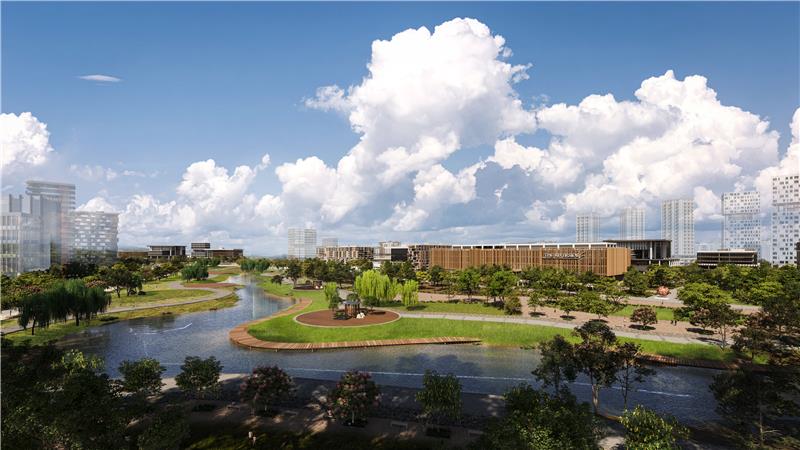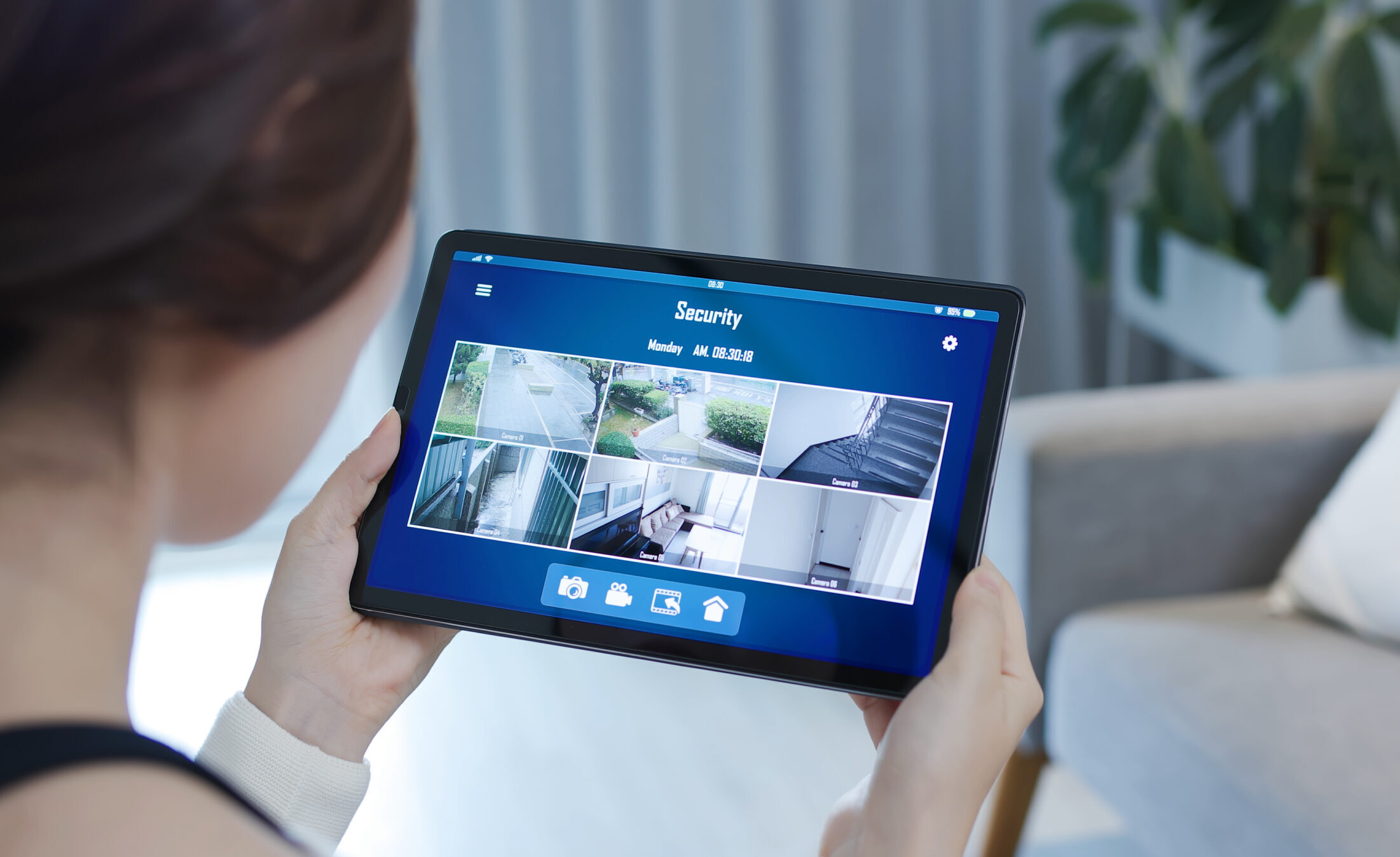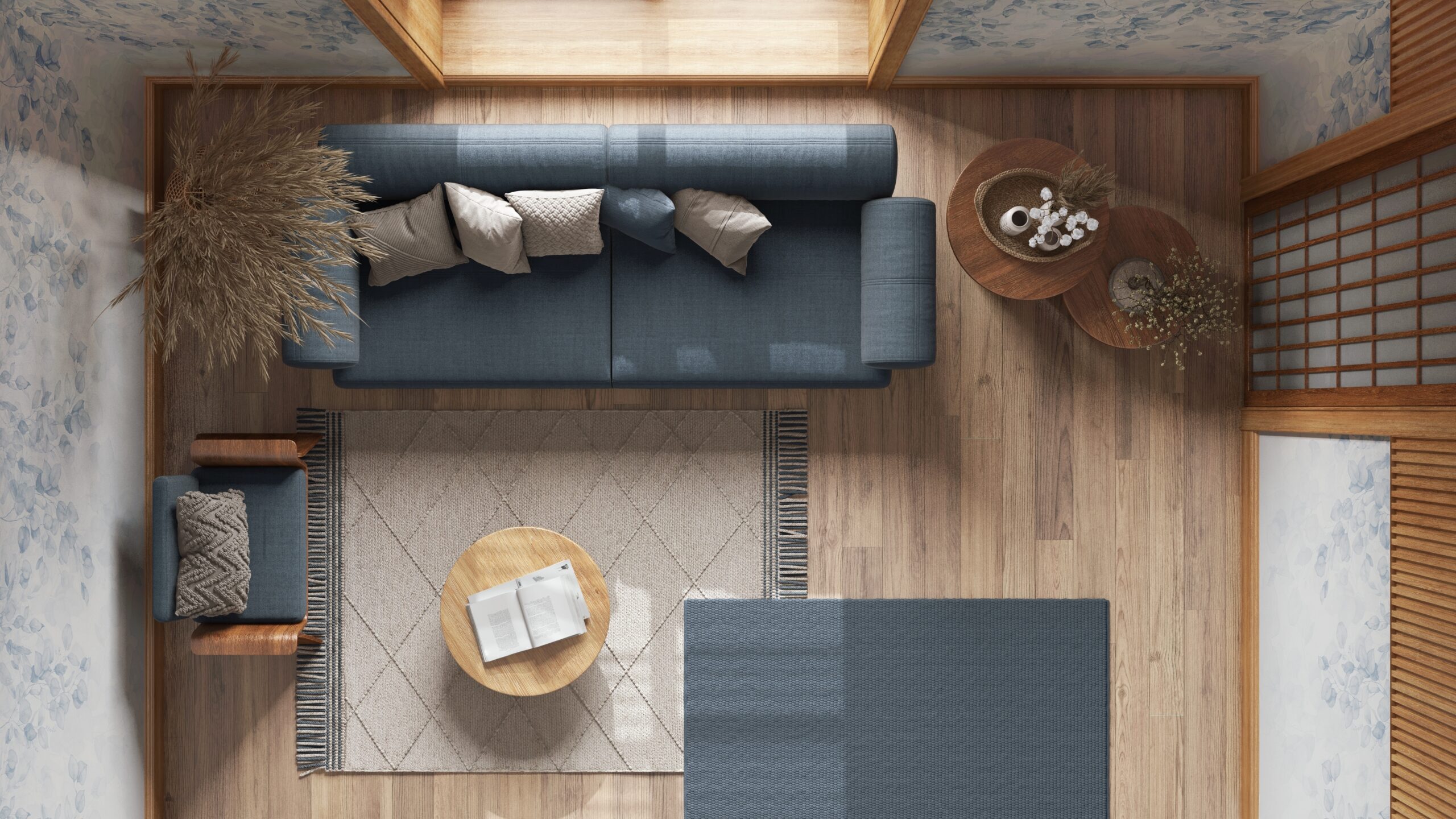Homeownership is a significant milestone for many Filipino families, symbolizing enduring stability and a step towards a cherished future. However, buying your first home is also one of the most substantial financial commitments.
A seamless journey relies on a strategic plan, where comprehensive family budgeting proves invaluable for accumulating savings and preparing for every aspect of homeownership, from managing payments to unforeseen expenses.
To empower you to navigate this step with clarity and confidence, this article serves as a complete guide to budgeting for your first home in the Philippines. This resource will walk you through each step of the process, from assessing your financial standing to strategically preparing for long-term ownership.
Table of Contents
- Step 1: Your Financial Readiness and Affordability
- Step 2: Budgeting and Saving for the Upfront Costs
- Step 3: Philippine Mortgage Options and Monthly Payments
- Step 4: Budgeting for Ongoing Homeownership Costs & Future Planning
- Your Vision Realized: A Future Home Awaits!
Step 1: Your Financial Readiness and Affordability
Before delving into property listings or visiting showrooms, the first step when addressing how to buy your first home involves thoroughly assessing your financial standing. Consider this as laying the groundwork, not just for your future residence, but for your long-term financial stability.

Evaluate your household’s current financial health:
1. Calculate your total household income
Start by compiling all consistent income streams: salaries, professional fees from freelance work, small business earnings, or remittances from overseas. Focus specifically on your net income, which is the amount remaining after mandatory deductions such as taxes, SSS, PhilHealth, Pag-IBIG, and other contributions.
2. List all outstanding balances or liabilities
Itemize all current financial obligations, including credit card balances, personal loans, vehicle loans, outstanding tuition fees, and current monthly rent (if applicable). Detail the payables and minimum monthly payments to gain an overview of your liabilities.
3. Understand your Philippine credit standing
Your credit score is a pivotal factor in securing a home loan. In the Philippines, credit reports are provided by agencies such as TransUnion. Lenders utilize these reports to assess your creditworthiness. A robust credit history—characterized by timely bill payments and prudent credit card usage—can significantly improve your eligibility and lead to more favorable loan terms.

4. Review your current savings and assets
Evaluate your readily available capital for a down payment and associated upfront fees. Additionally, identify any investments or other assets that could be accessed if necessary. A clear understanding of your available resources helps to mitigate potential financial surprises.
5. List and categorize your expenses
Systematically track your daily and monthly expenditures, covering categories such as food, transportation, education costs, and leisure activities. This detailed overview will help you discern discretionary income, allowing for a realistic estimation of your capacity to accommodate housing costs.
Determine a realistic home purchase budget:
1. Use affordability tools and understand DTI
Many banks and PAG-IBIG offer complimentary online calculators to assist with initial estimations. For a more profound insight into your borrowing capacity, calculate your Debt-to-Income Ratio (DTI)—divide your total monthly debt by your net monthly income and multiply by 100. A DTI exceeding 40% is often considered a significant concern by lenders.

2. Understand mortgage pre-approval
Following your financial evaluation, the crucial next step is obtaining mortgage pre-approval. Unlike pre-qualification, which is a swift estimate, pre-approval entails a comprehensive credit check and submission of detailed documentation, including:
- BIR Form 2316
- Payslips
- Proof of income
- Summary of assets
This more rigorous process, typically lasting 7–10 business days, precisely determines the maximum loan amount and corresponding interest rate a lender is prepared to offer.
Receiving a pre-approval letter strengthens your position as a serious and qualified buyer when negotiating with sellers or developers. This valuable service is readily available from PAG-IBIG and major Philippine banks, with most letters remaining valid for 60 to 90 days.
3. Choose a comfortable monthly payment
Resist the urge to pursue the maximum loan amount for which you qualify. Instead, thoughtfully consider: after accounting for housing expenses, what remains for essential outlays such as food, education, transportation, and emergency funds? Draft a preliminary budget to ascertain if your projected housing costs align comfortably with your desired lifestyle.
Picture a living environment where essential community features – everyday essentials, green spaces, and quality schools – are integrated. This vision is realized in communities like Riverpark in Cavite, offering a holistic space for new and growing families and a premium lifestyle achievable through careful financial planning.
Step 2: Budgeting and Saving for the Upfront Costs
Having established a clear understanding of your family’s affordability, the next crucial step is to meticulously prepare for the upfront costs associated with buying your home. These initial expenses often represent a significant financial consideration for many families. However, with a well-structured financial strategy, managing your first home budget can be a seamless and stress-free process.

Down payment requirement
The down payment represents your initial significant investment in your future home. In the Philippines, most banks typically require a down payment ranging from 10% to 20% of the total contract price, though it’s worth noting that some developers may offer more flexible payment schemes. For PAG-IBIG members, eligibility for loans with down payments as low as 10% may be possible, depending on your income bracket and the property’s value.
Opting for a higher upfront payment can substantially reduce your subsequent monthly amortizations and may potentially mitigate or even eliminate the need for mortgage insurance. Additionally, be prepared for a reservation fee, which generally ranges from ₱1,000 for foreclosed properties up to around ₱25,000 to ₱100,000 for condominium units or single-detached homes, varying by property type and developer.
Closing costs in the Philippines
Closing costs are distinct from your down payment and typically range from 3% to 6% of the home’s contract price or zonal value—whichever is higher. These essential costs generally include:
- Documentary Stamp Tax (1.5% of selling price or zonal value)
- Transfer Tax (approximately 0.5%–0.75%, varying by Local Government Unit)
- Registration Fee (around 0.25% of the selling price or zonal value)
- Notarial and Legal Fees
- Bank charges, appraisal fees, and loan processing fees (applicable for financed purchases)
These amounts are customarily paid to relevant government agencies such as the Bureau of Internal Revenue (BIR), the Registry of Deeds, and your Local Government Unit (LGU).

Other initial expenses to budget for
Beyond the legal and transactional fees, it’s crucial to factor in additional move-in and setup costs. These essential expenses include:
- Moving services: Typically range from ₱5,000 for smaller local moves to upwards of ₱20,000 for larger homes, depending on volume and distance.
- Renovations or initial repairs: Budget from ₱40,000 and up, depending on the property’s condition and your immediate plans.
- New furniture, appliances, and window treatments: Essential items for furnishing your new residence.
- Utility setup fees: For essential services such as electricity (e.g., Meralco), water, and internet connections.
- Pest control: Often around ₱2,500 per treatment to ensure a pest-free environment.
- Homeowners’ insurance: While often highly recommended for protecting your significant investment, banks typically require fire insurance for properties financed through a loan, especially condominiums. This coverage can often be coordinated directly with your bank.
- Real Property Tax (RPT): Also commonly known as Amilyar, this is an annual property tax assessed by and paid directly to your LGU. It’s a mandatory recurring expense that lenders will require proof of payment for to ensure your property’s good standing. RPT can usually be paid annually (often with discounts for early payment) or quarterly.
When considering these expenses, planning to balance cost-effectiveness with quality can ensure that functionality aligns with your long-term needs.
Creating a dedicated savings plan and timeline
Once you have a clear total for your home buying budget—combining your estimated down payment, closing costs, and initial move-in needs—it’s time to formalize your savings strategy:
- Set a clear savings target and a realistic timeline for achieving it.
- Open a separate savings account exclusively for your home fund to ensure disciplined saving.
- Utilize reputable budgeting tools (e.g., Spendee or Money Manager) to track your progress meticulously.
- Automate monthly transfers to make saving a consistent and effortless habit.
Consider temporarily adopting a more disciplined budget to accelerate your savings momentum: reduce discretionary spending, review recurring subscriptions, or defer major purchases. Furthermore, optimizing household efficiency, such as investing in energy-saving appliances or maintaining utility systems, can contribute to lowering ongoing expenses and freeing up more funds for your home.

Philippine down payment assistance options
Several avenues for down payment assistance and favorable loan terms are available in the Philippines:
- PAG-IBIG Housing Programs: Various housing programs offered by PAG-IBIG (Home Development Mutual Fund) are particularly beneficial for first-time homebuyers, as they often feature lower down payment requirements.
- Developer in-house financing: Many property developers provide flexible payment terms, stretched down payment schedules, or special promotional offers designed to mitigate the initial financial outlay.
- Bank Loan Products: Major banks offer a diverse array of home loan products. Cultivating a strong credit score is crucial here, as it directly correlates to eligibility for more competitive interest rates and attractive loan terms, thereby expanding your financing options.
Step 3: Philippine Mortgage Options and Monthly Payments
Having successfully accumulated your upfront costs, the focus now shifts to exploring your financing options. This stage involves gaining an understanding of housing loans available and selecting the most suitable option that aligns with your lifestyle and budget.
We will delineate these options, empowering you to confidently navigate this pivotal step toward finding the right residential community that fulfills your aspirations.

Common housing loan types in the Philippines
These are the most prevalent types of housing loans available:
- Bank Home Loans: Typically offer competitive interest rates, particularly with a strong credit score. Borrowers can choose between fixed or variable interest rates, with loan terms commonly ranging from 5 to 20 years (some banks may offer up to 25-30 years for specific conditions).
- PAG-IBIG Housing Loan: Government-backed program for members with affordable interest rates and flexible terms. Members can utilize their online loan calculator to estimate monthly payments based on income, property price, and loan term.
- SSS Housing Loan: Available for eligible SSS members, primarily intended for purposes such as home repair, improvement, or program-related property acquisitions, rather than a general first home purchase.
- In-house Financing: Offered directly by property developers, it provides convenience with fewer requirements but often entails higher interest rates and shorter loan terms.
Monthly housing payment (amortization)
To effectively manage your home loan, it’s essential to understand what constitutes your monthly payment:
- Principal and Interest: The principal is the original loan amount borrowed, while the interest is the cost of borrowing that capital.
- Other Potential Fees: Depending on your lender and loan product, additional charges may include mortgage insurance, service fees, or other loan-related premiums.
To estimate your monthly amortization, multiply the loan amount by a “factor rate” corresponding to your loan term and interest rate. For instance, a ₱2,000,000 loan with a 10-year term at an 8% interest rate, using a factor rate of 0.01213276, would result in an approximate monthly amortization of ₱24,265.52.

Compare loan offers and select the right mortgage
Before committing, carefully compare:
- Loan amounts, interest rates, and projected monthly payments
- Total cost over the loan’s lifetime (longer terms typically result in lower monthly payments but accumulate significantly more interest paid over time)
- Additional fees and charges (e.g., appraisal fees, documentation costs, and any required insurance premiums
Thorough due diligence in selecting the right mortgage is key to ensuring your home buying budget remains on track, granting your family greater financial flexibility to enjoy the next chapter in comfort and confidence.
Step 4: Budgeting for Ongoing Homeownership Costs & Future Planning
Congratulations, you’ve achieved homeownership! This final step focuses on effectively budgeting for the recurring expenses of owning a home, alongside planning for future upgrades and unforeseen circumstances. Master these financial habits for stability and to fully enjoy the enduring benefits of your new home.
Regular expenses after moving in
Once the initial excitement settles, factor in the regular costs of maintaining your home smoothly:
- Utility Bills: Allocate funds for electricity, water, LPG (if applicable), internet, and cable. Monthly costs vary significantly by usage and location; for instance, electricity alone can range from ₱2,000 to ₱6,000+.
- HOA Dues and Property Management Fees: If in a subdivision or condominium, these monthly dues (typically ₱1,000 to ₱4,000 or more) cover security, common area maintenance, and waste disposal.
- Home Maintenance and Repairs: Set aside a dedicated monthly fund for upkeep, covering everything from minor fixes to unexpected appliance breakdowns. A guideline is to budget 1% of your home’s value per year for maintenance.
- Other Recurring Costs: Consider expenses such as landscaping or gardening services for properties with yards, or subscriptions for security systems.
Pro Tip: Learn basic repair skills, proactively seek competitive deals, and comparison-shop for services to manage these costs significantly.

Long-term financial considerations
Think beyond this month:
- Property taxes and insurance premiums may gradually rise—review and update your budget annually.
- Plan for big-ticket upgrades like roof replacements or kitchen remodeling.
- Maintain a healthy emergency fund—aim for at least 3 to 6 months’ worth of expenses.
As your home becomes your lifestyle hub, your financial habits need to evolve, too.
Integrating all costs into your family budget
Achieve a holistic view of your financial life by creating a comprehensive monthly budget. A widely adopted guideline is the 50/30/20 rule:
- 50% for needs – housing, utilities, groceries, healthcare, and transportation
- 30% for wants – hobbies, dining out, shopping, and leisure activities, including exploring nearby attractions.
- 20% for savings – future financial goals, emergency fund, or educational expenses
This balanced approach ensures you can embrace new experiences, like discovering the many exciting things to do in General Trias, Cavite, while maintaining sound financial planning. However, note that these percentages are just a sample guideline, and you should adjust them to fit your specific income, financial goals, and personal budget.
Your Vision Realized: A Future Home Awaits!
Buying a home for your family marks the beginning of a fulfilling new chapter. As this guide has shown, from initial budgeting and saving for upfront costs to selecting the ideal mortgage and planning for long-term expenses, each step is a strategic investment in a secure future. The essence of this journey lies in knowing that diligent planning today assures peace of mind for tomorrow.

If your aspirations include a community where innovation meets nature, Riverpark in Cavite embodies this vision. As the 600-hectare ‘Next Gen City of the South,’ Riverpark offers smart living within lifestyle-enhancing spaces centered around unique river and park experiences.
Within this masterplanned haven lies Yume at Riverpark, a residential enclave where elegant Japanese aesthetics meet modern Filipino living. Its thoughtfully designed homes and open spaces blend form, function, and serenity, creating the ideal environment for finding the right residential community that evolves with your family’s needs.
Ready to take the next step? Contact us today and turn your homeownership dream into a beautiful reality at Riverpark!
About the Author

Martin is an experienced marketer with over 16 years of experience across various industries including real estate, banking and finance, technology, and advertising.
Martin has a broad range of expertise in having handled campaigns, brand launches, activations both in the traditional and digital space. Currently serving as the Digital Marketing Head at Federal Land, Martin leads a team focused on managing digital sales and platforms for the residential, estates and commercial business units.





